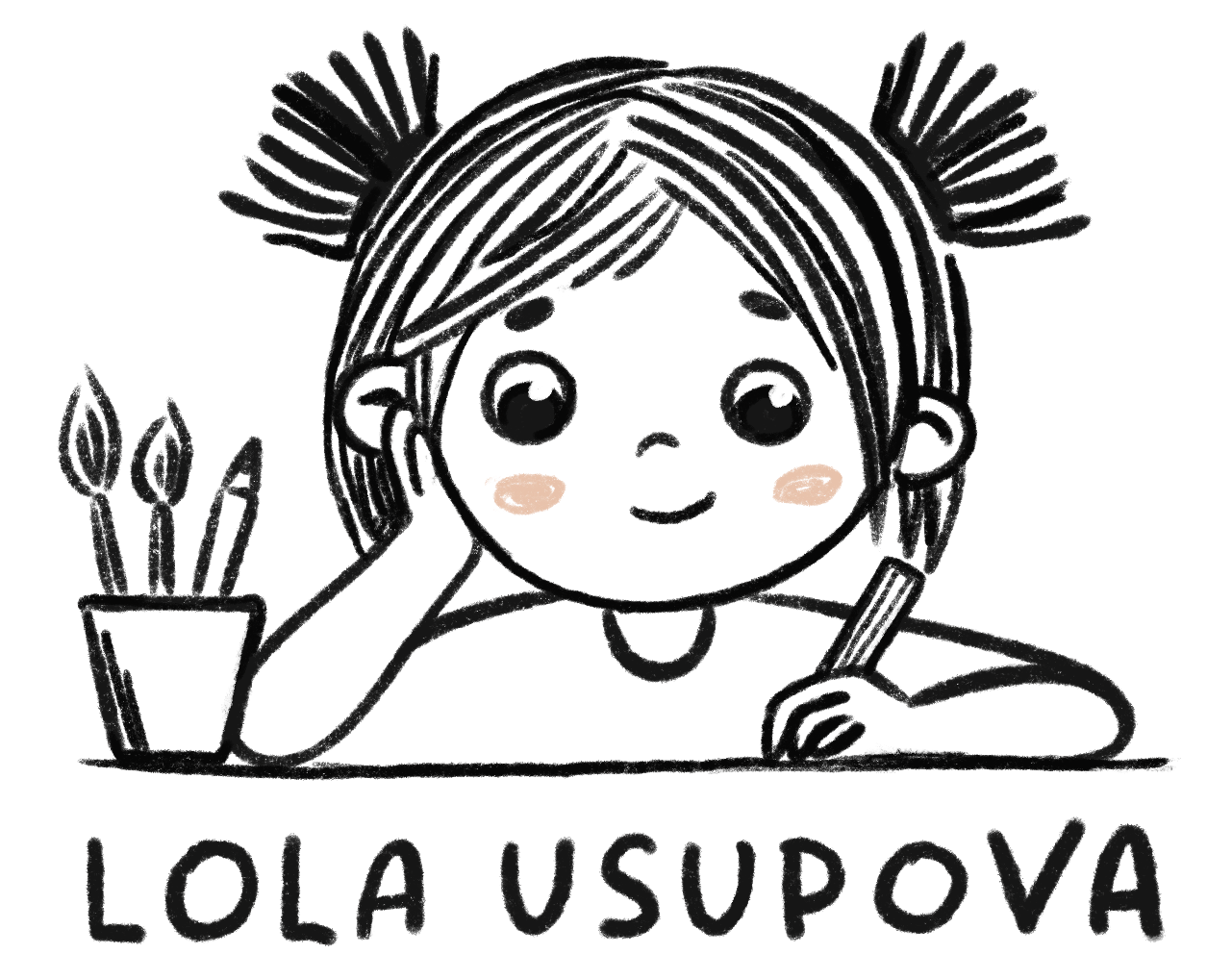From Sketches to Amazon: An Illustrator's Guide to Crafting the Perfect Children's Book
Illustrating a children's book is a wonderful way to bring stories to life. It's an exciting but daunting task, requiring a lot of preparation and dedication.
Illustrating a children's book is a delightful and rewarding creative endeavor that requires a unique skill set. From breathing life into characters to creating vibrant and captivating visuals, illustrators play a crucial role in crafting a memorable reading experience for young minds. This article serves as a comprehensive guide for illustrators, outlining the essential steps and considerations involved in bringing a children's book to life, from initial sketches to publishing on platforms like Amazon. So, grab your sketchbook and let's embark on an artistic journey!

Understand the Story:
Before diving into the illustrations, it's crucial to thoroughly understand the story you're illustrating. Read the manuscript multiple times, noting key themes, characters, settings, and narrative arcs. Familiarize yourself with the target age group and the overall tone and style of the book.
Develop Character Designs:
Characters are the heart of any children's book. Begin by sketching various character designs, experimenting with different facial expressions, body postures, and outfits. Ensure that the characters are relatable, diverse, and visually engaging, allowing young readers to connect with them on an emotional level.
Create Storyboards:
Storyboards act as a visual roadmap, helping you plan the pacing and layout of illustrations throughout the book. Break down the story into key moments and sketch rough compositions for each scene. Consider the flow of the narrative, maintaining a balance between text and images on each page.
Refine Sketches:
Once the storyboards are approved, refine your sketches further. Pay attention to composition, perspective, and visual storytelling techniques. Experiment with different mediums and styles to find the one that best suits the story's tone and enhances the overall reading experience.
Color and Style Exploration:
Explore different color palettes and styles that align with the book's mood and target audience. Experiment with various digital or traditional coloring techniques, textures, and patterns. Keep the color scheme consistent and complementary throughout the book to maintain visual harmony.
Collaboration with Authors and Publishers:
Regular communication and collaboration with the author and publisher are vital. Share your progress, seek feedback, and make necessary adjustments to align your illustrations with the vision of the book. Be open to constructive criticism and incorporate suggestions that enhance the storytelling.
Finalize Illustrations:
Once the illustrations are approved, finalize them by adding details, refining linework, and adjusting colors. Pay attention to the small visual elements that can enrich the reading experience, such as hidden details or recurring motifs. Ensure that the illustrations are high-resolution and print-ready.
Layout and Formatting:
Collaborate with the publisher or designer to determine the layout and formatting of the book. Consider typography, page breaks, and text placement to create a harmonious balance between the illustrations and the written content. Keep in mind any specific guidelines or requirements of the chosen publishing platform.
Publishing and Promotion:
Explore various publishing options, including self-publishing platforms like Amazon Kindle Direct Publishing (KDP). Prepare the book for publication, ensuring that all files are correctly formatted and optimized for digital or print publishing. Invest time in promoting your book through social media, author websites, and local events to reach your target audience.
Crafting the perfect children's book as an illustrator is a meticulous and artistic process. By understanding the story, developing compelling characters, and refining sketches to final illustrations, you can create a visually captivating reading experience for young readers. Remember to collaborate closely with authors and publishers, and explore different publishing avenues to share your work with the world. Embrace the joy of illustrating and unleash your creativity in the colorful world of children's literature.
Before diving into the illustrations, it's crucial to thoroughly understand the story you're illustrating. Read the manuscript multiple times, noting key themes, characters, settings, and narrative arcs. Familiarize yourself with the target age group and the overall tone and style of the book.
Develop Character Designs:
Characters are the heart of any children's book. Begin by sketching various character designs, experimenting with different facial expressions, body postures, and outfits. Ensure that the characters are relatable, diverse, and visually engaging, allowing young readers to connect with them on an emotional level.
Create Storyboards:
Storyboards act as a visual roadmap, helping you plan the pacing and layout of illustrations throughout the book. Break down the story into key moments and sketch rough compositions for each scene. Consider the flow of the narrative, maintaining a balance between text and images on each page.
Refine Sketches:
Once the storyboards are approved, refine your sketches further. Pay attention to composition, perspective, and visual storytelling techniques. Experiment with different mediums and styles to find the one that best suits the story's tone and enhances the overall reading experience.
Color and Style Exploration:
Explore different color palettes and styles that align with the book's mood and target audience. Experiment with various digital or traditional coloring techniques, textures, and patterns. Keep the color scheme consistent and complementary throughout the book to maintain visual harmony.
Collaboration with Authors and Publishers:
Regular communication and collaboration with the author and publisher are vital. Share your progress, seek feedback, and make necessary adjustments to align your illustrations with the vision of the book. Be open to constructive criticism and incorporate suggestions that enhance the storytelling.
Finalize Illustrations:
Once the illustrations are approved, finalize them by adding details, refining linework, and adjusting colors. Pay attention to the small visual elements that can enrich the reading experience, such as hidden details or recurring motifs. Ensure that the illustrations are high-resolution and print-ready.
Layout and Formatting:
Collaborate with the publisher or designer to determine the layout and formatting of the book. Consider typography, page breaks, and text placement to create a harmonious balance between the illustrations and the written content. Keep in mind any specific guidelines or requirements of the chosen publishing platform.
Publishing and Promotion:
Explore various publishing options, including self-publishing platforms like Amazon Kindle Direct Publishing (KDP). Prepare the book for publication, ensuring that all files are correctly formatted and optimized for digital or print publishing. Invest time in promoting your book through social media, author websites, and local events to reach your target audience.
Crafting the perfect children's book as an illustrator is a meticulous and artistic process. By understanding the story, developing compelling characters, and refining sketches to final illustrations, you can create a visually captivating reading experience for young readers. Remember to collaborate closely with authors and publishers, and explore different publishing avenues to share your work with the world. Embrace the joy of illustrating and unleash your creativity in the colorful world of children's literature.
01.07.2023
© All Right Reserved. Lola Usupova 2023
